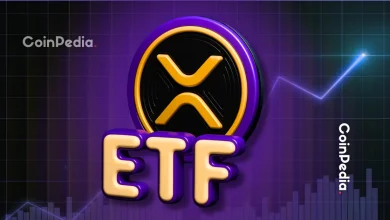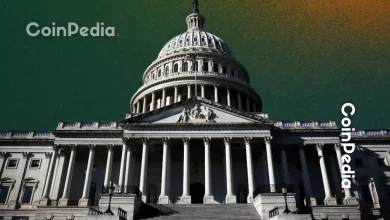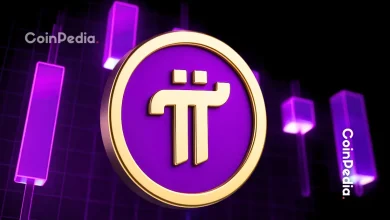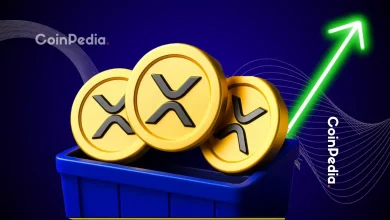
Caitlin Long Criticizes Ripple: Custodia Bank founder Caitlin Long blasts Ripple’s centralized design and XRP’s token model, citing lasting trust issues.
XRP Community Fires Back: Experts and XRP supporters refute Long’s claims, defending XRP Ledger’s decentralization and Ripple’s legal progress.
Ripple is once again at the center of controversy after financial expert Caitlin Long delivered strong criticism against the company and XRP. Known for her work in the Bitcoin space and as the founder of Custodia Bank, Long voiced concerns about Ripple’s structure and history that she says continue to limit its credibility.
Caitlin Long Questions Ripple’s Design and Trustworthiness
Long claimed that Ripple’s real issue isn’t just the lawsuit from the U.S. Securities and Exchange Commission, but something deeper. She opened up about what she called a centralized network design and flawed token model. According to her, Ripple’s early decisions about XRP distribution created long-term problems, especially when it comes to trust from large financial institutions.
She argued that the way XRP was originally released, through a full pre-mine and early fundraising, has left a lasting impression on institutions.
Long also commented on the long legal battle Ripple faced with the SEC. While she said it hurt the company, she said that the wider crackdown on crypto under the Biden administration affected many other projects too.
Still, she was clear that in her view, Ripple is not a likely candidate for major government blockchain use. When asked what network the U.S. Treasury would choose to tokenize assets like U.S. Treasuries, she replied that it would likely be Ethereum, or possibly Bitcoin, but not Ripple.
Experts and XRP Supporters Respond
Caitlin Long’s comments didn’t go unnoticed. Critics were quick to respond, arguing that her statements were misleading or simply wrong.
One expert said it was shocking that Long would speak so confidently about Ripple while showing what appeared to be a complete misunderstanding of the project.
First, Ripple never held an ICO. All 100 billion XRP were created at launch, and the token had no price in the early days. This is a key difference from Ethereum, which raised funds through a public ICO and distributed ETH using Bitcoin.
Second, the XRP Ledger is open and decentralized. Anyone can run a node, validate transactions, or even fork the network if they choose. It currently has over 1,000 nodes and more than 100 validators, many of them operated by independent businesses and individuals.
Others discussed how projects like Ripple continue to face criticism despite having legal victories and building real-world products.
Never Miss a Beat in the Crypto World!
Stay ahead with breaking news, expert analysis, and real-time updates on the latest trends in Bitcoin, altcoins, DeFi, NFTs, and more.
FAQs
Caitlin Long is a Wall Street veteran, Bitcoin advocate, and founder of Custodia Bank known for her expertise in crypto regulation and institutional finance.
Caitlin Long claims Ripple’s centralized design, pre-mined XRP supply, and early fundraising created trust issues with institutions, limiting adoption.
Long doubts it, suggesting Ethereum or Bitcoin are more likely choices for Treasury tokenization than Ripple’s network.
While the lawsuit hurt Ripple, experts note it won legally—yet still faces skepticism from institutions like Custodia Bank.
Trust with CoinPedia:
CoinPedia has been delivering accurate and timely cryptocurrency and blockchain updates since 2017. All content is created by our expert panel of analysts and journalists, following strict Editorial Guidelines based on E-E-A-T (Experience, Expertise, Authoritativeness, Trustworthiness). Every article is fact-checked against reputable sources to ensure accuracy, transparency, and reliability. Our review policy guarantees unbiased evaluations when recommending exchanges, platforms, or tools. We strive to provide timely updates about everything crypto & blockchain, right from startups to industry majors.
Investment Disclaimer:
All opinions and insights shared represent the author's own views on current market conditions. Please do your own research before making investment decisions. Neither the writer nor the publication assumes responsibility for your financial choices.
Sponsored and Advertisements:
Sponsored content and affiliate links may appear on our site. Advertisements are marked clearly, and our editorial content remains entirely independent from our ad partners.








